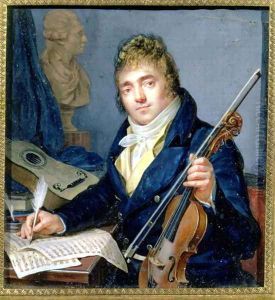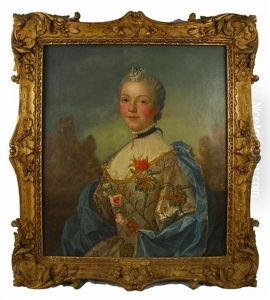Francois Elie Vincent Paintings
François-Élie Vincent was a Swiss painter born in 1708 in Geneva, Switzerland. He was part of an influential family of artists that significantly impacted the art scene of their time. Vincent's life and career were markedly intertwined with the cultural and artistic developments of 18th-century Europe, a period characterized by enlightenment and a burgeoning interest in classical ideals in art.
Vincent specialized in portrait painting, a genre that flourished during his lifetime. His style was deeply influenced by French art, reflecting the close cultural ties between Geneva and France. Despite the influence of French art, Vincent maintained a distinct approach that combined meticulous detail with a nuanced understanding of his subjects, setting his work apart from his contemporaries.
Throughout his career, François-Élie Vincent played a vital role in the Geneva art scene. He was not only a prolific artist but also a teacher, imparting his knowledge and skills to the next generation. Among his students was his son, François-André Vincent, who would go on to become one of the leading French painters of the neoclassical movement, bridging the gap between the rococo style of the early 18th century and the emerging neoclassicism.
Vincent's legacy is not just in the paintings he left behind but also in his contribution to the development of art education and the promotion of neoclassical ideals. His work was characterized by an adherence to realism and an emphasis on the moral and educational functions of art, ideals that were central to neoclassical art and which would come to dominate European art in the late 18th and early 19th centuries.
François-Élie Vincent passed away in 1790 in Geneva. His death marked the end of an era for the Vincent family but also the beginning of a new chapter, as his son and students continued to carry forward his artistic legacy, blending tradition with innovation. Vincent's works remain a testament to his skill and dedication, capturing the spirit of an age poised on the cusp of modernity.


